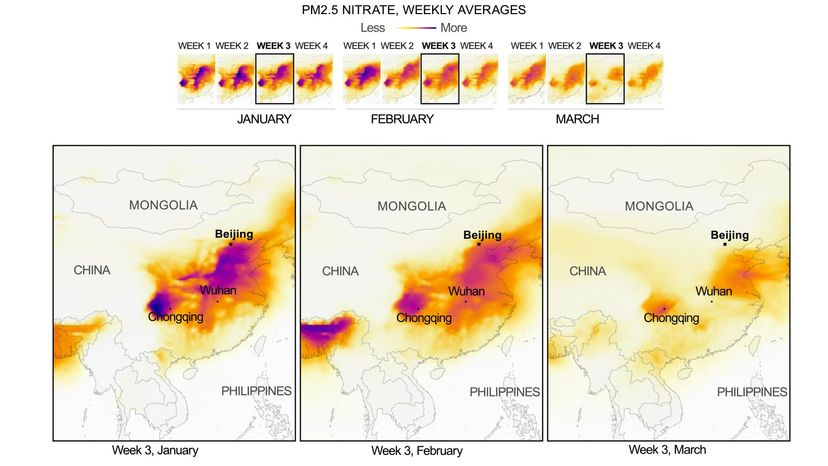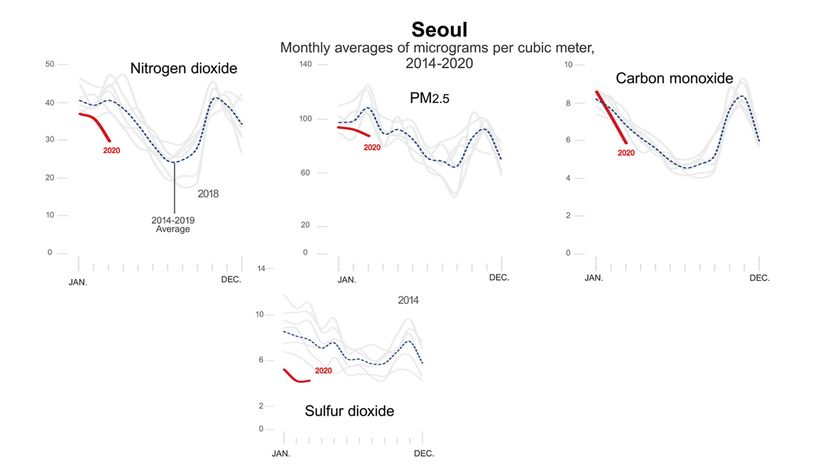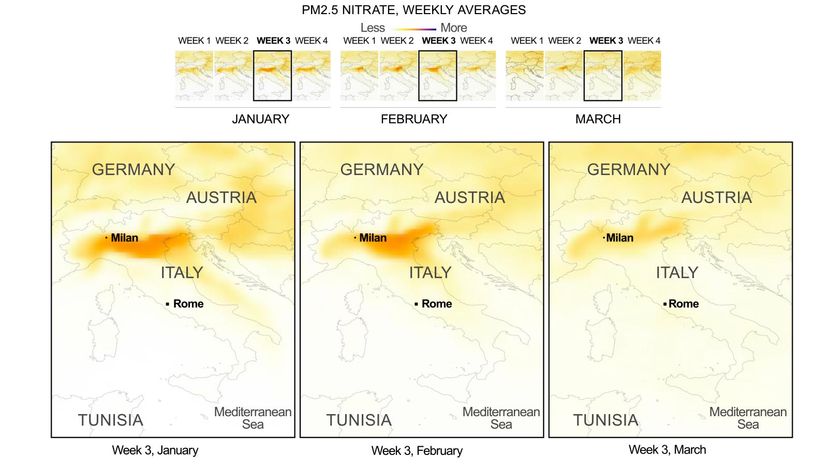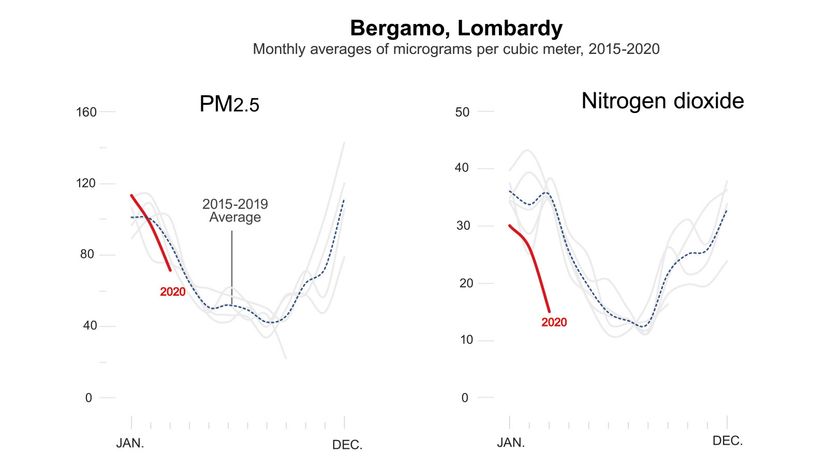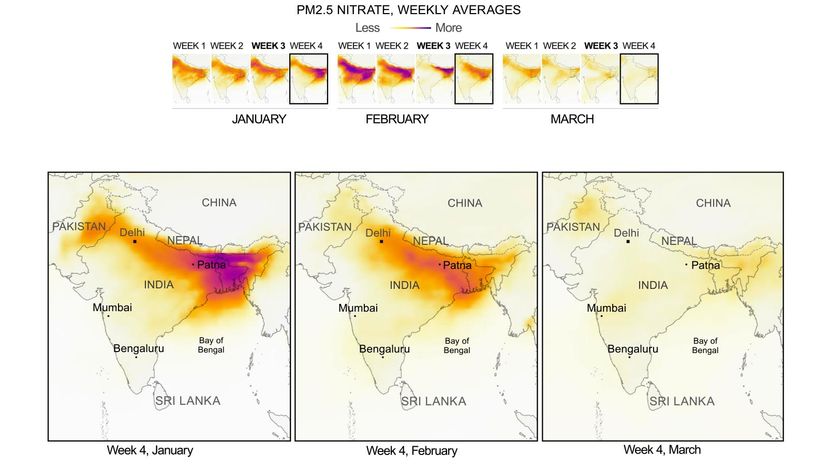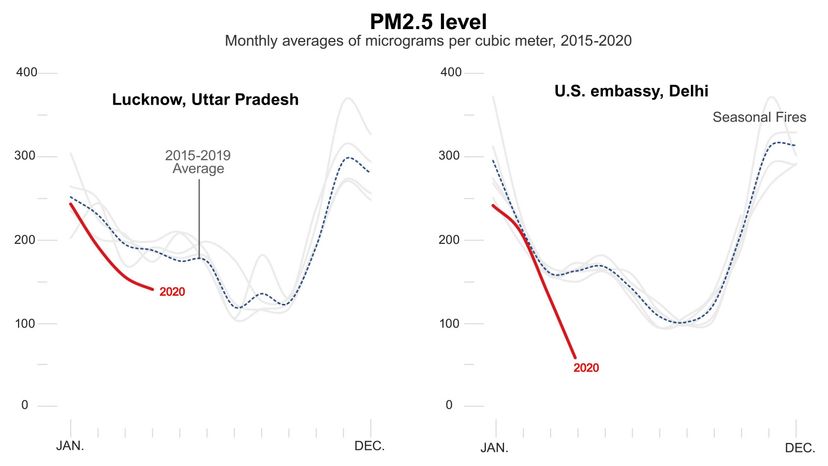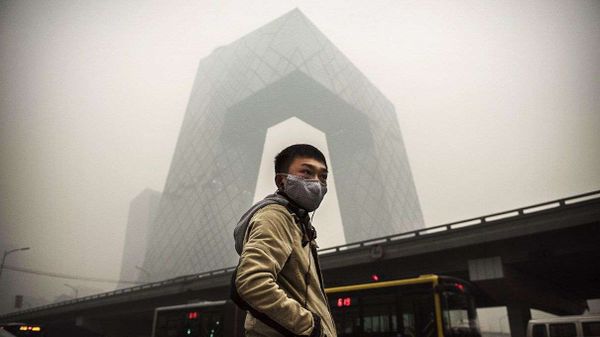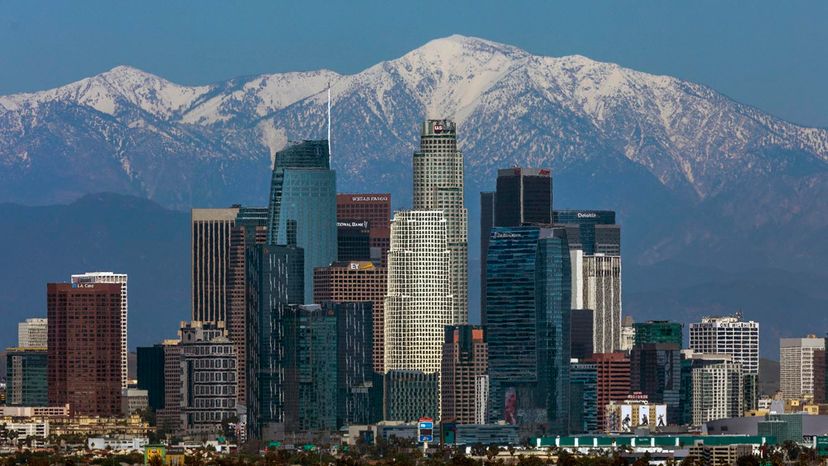
To contain the coronavirus pandemic, billions of people have been told to stay at home. In China, authorities placed almost half a billion people under lockdown, the equivalent of nearly 7 percent of the world's population. Many other countries have since taken similar measures, initially in hard-hit Italy and Spain, and more recently in the United States and India.
The restrictions have sent financial markets into freefall. But they have also given residents in some of the world's most polluted cities something they have not experienced in years: clean air.
Advertisement
These visualizations, based on data from NASA's Global Modeling and Data Assimilation team, show how concentrations of some pollutants fell drastically after the lockdowns started.
Satellite observations record information on aerosols in the atmosphere. NASA's model is then able to provide estimates of the distribution of these pollutants close to the Earth's surface.
Advertisement
